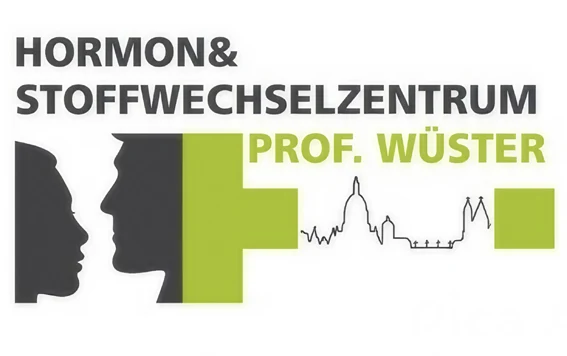The human pituitary gland
General information
The size of a cherry stone (medically “pituitary gland”) is located approximately at the level of the root of the nose in a hollow in the bone. It is a central control organ in hormone metabolism. Vital hormones are produced in it, including:
- the growth hormone STH
- the adrenal stimulating hormone ACTH (responsible for the function of the adrenal cortex and the regulation of stress hormones)
- the hormone prolactin (PRL; influences female milk flow)
- the hormones LH and FSH (regulate sex hormones)
- the hormone TSH (regulates the thyroid gland)
- the antidiuretic hormone ADH (controls fluid balance)
The pituitary gland is composed of an anterior lobe and a posterior lobe. The pituitary gland is connected to the brain via the pituitary stalk. Between the two lobes, the hormone MSH is produced, which regulates UV protection of the skin, appetite and sexual arousal.
The anterior lobe is a gland consisting of several cell types in which hormones are produced. These are released into the bloodstream to reach target organs. The posterior lobe is part of the brain. Its job: to store and release the two hormones vasopressin (ADH) and oxytocin. Click here for audio version
Diseases and diagnostics
Various diseases can disrupt the pituitary gland’s hormone production and secretion, causing it to produce either too many or too few hormones: A tumor can press on the pituitary gland, inflammation of the brain or meninges can affect function, and an accident or surgical procedure can negatively affect the pituitary gland. The rare diseases of the pituitary gland are mostly (benign) pituitary tumors (adenomas). These can cause different symptoms.
- The size of a tumor can put pressure on other areas of the brain and nervous system, such as the optic nerve. Visual disturbances may result.
- Tumors of the pituitary gland also often lead to altered secretion of pituitary hormones. Often a hormone deficiency develops (depending on the location of the tumor). In this context, for example, growth disorders in children and adolescents and disorders in the formation of sex hormones in adults should be mentioned.
In order to find the cause(s) of the disease and to alleviate the symptoms, the medical history is followed by special examinations of the blood as well as imaging procedures, for example an MRI.

